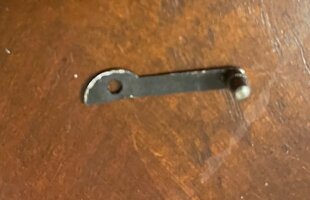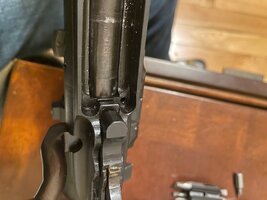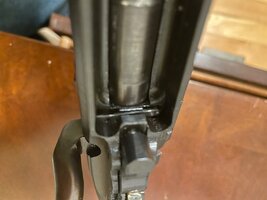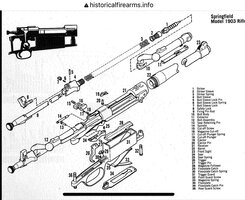I recently got a Remington 1903 (SN 3.02M) that is sporterized with a new barrel, scope and ram-line stock. The bolt seems to be A3 version with mod to fit the scope. The bolt has BF 46 mark. It also has a tuned trigger that is less than 2lb by my gauge. The gun is pretty accurate and I can get 3-5 shots within an inch at 100 yard with M2 HXP (or maybe this normal for 1903? This is my first 1903).
But the gun has a couple issues and I hope someonenco you could help:
1) the main issue is the gun will sometimes uncock/decock itself when I close the bolt. I have not found a pattern yet, but it seems to happen when I move the bolt forward to fast or too forceful. I initially suspected the light trigger related, but I did not see any movement of trigger when to this
happened. I had no accidental firing so far but I am concerned about it.
2) the second issue is similar to what being asked here before, the bolt is progressively harder to open after firing a round. After reading discussion here, I clean the bolt assembly throughout and it seems better the second time I shoot. But I will investigate further and try different trick.
Any hints or a 1903 gunsmith I could talk to about #1 issue?
Thanks
But the gun has a couple issues and I hope someonenco you could help:
1) the main issue is the gun will sometimes uncock/decock itself when I close the bolt. I have not found a pattern yet, but it seems to happen when I move the bolt forward to fast or too forceful. I initially suspected the light trigger related, but I did not see any movement of trigger when to this
happened. I had no accidental firing so far but I am concerned about it.
2) the second issue is similar to what being asked here before, the bolt is progressively harder to open after firing a round. After reading discussion here, I clean the bolt assembly throughout and it seems better the second time I shoot. But I will investigate further and try different trick.
Any hints or a 1903 gunsmith I could talk to about #1 issue?
Thanks
Last edited:




